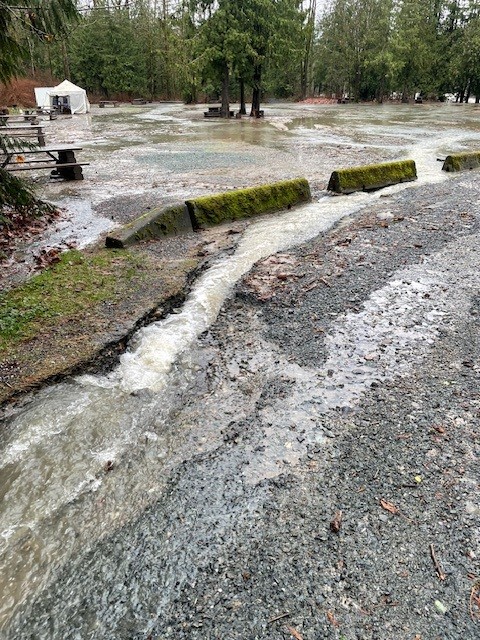Vancouver – From Jim Mandeville – SVP, Large Loss for First Onsite Property Restoration.
With millions of hectares burned, 2023 has been labelled Canada’s most destructive wildfire season ever, and summer isn’t over yet.
With the hope that rain and cooler weather could bring relief to B.C. wildfire crews, we are still coming off a weekend where a B.C. festival was evacuated due to wildfire, and several properties are still on alert.
Imagine having to drop everything, grab your kids and leave your home. Well, this (having to leave their community during a wildfire) is a fear that 76 per cent of B.C. residents have according to a spring survey released by First Onsite – leading the country considerably.
The survey of Canadians found that regional concerns for all indices were highest in British Columbia – which has endured several years of intense wildfire activity – including the devastating 2021 fire that eviscerated the town of Lytton. Eighty-two per cent of B.C. residents are worried about personal or family safety and 60 per cent are concerned about their insurance coverage (i.e. is it sufficient?)
Finally, two thirds of B.C. residents (67%) are worried about having to leave their home or community.
There is an increased risk of upheaval during wildfire season. This is going to happen again and it’s how we respond that matters most.
The number one piece of preparedness advice is awareness – always listen to authorities. If authorities put a community on evacuation alert, residents need to be ready to go at the drop of a hat, equipped with a full tank of gas and a packed bag. Moving quickly can protect lives.
Weather catastrophes do not respect borders.
While not all communities are directly affected by fires, wildfire smoke can be carried hundreds or thousands of kilometers from the fire zone and can impact health even at low levels. As we have seen recently, wildfires from B.C. and Alberta can create air quality advisories far away, a reminder that communities to be aware of how they are at risk, as well as be prepared to withstand and recover quickly when disaster strikes— no matter the location.
Learning from indigenous communities
Mike Flannigan is professor of wildland fire at Thompson Rivers University in Kamloops, British Columbia. In this short video, Mike discusses that one of the best things we’re learning about fighting these fires is the concept of using prescribed and cultural burns practiced by indigenous communities.
Changing the framework: The importance of building resilient communities
When disasters such as wildfires occur it is important to determine which learnings can be applied so we can build back better and create communities that are not only more sustainable, but also resilient to their surroundings and environments. Technology, building materials and community design all need to be taken into consideration. Strategies like integrating resilience into our building codes and practices can go a long way in ensuring we are prepared for not only today, but also into the future.
This sentiment was reflected in the wildfire survey. More than four-in five B.C. residents (83%) agreed that we should make our cities and towns resilient to physical, social, and economic shocks from climate change and severe weather events –again leading the country. Meanwhile, 80 per cent of residents said that catastrophic weather has taught us the importance of preparedness and community – also leading the country.
Critically, two thirds of respondents (63%) are concerned about their own community’s ability to withstand the effects of climate change and increasingly extreme weather events.
Building disaster-resistant communities will be a generational effort. As temperatures continue to rise, and cities expand, certain risks will remain. It’s important for residents and business owners to be aware of the tangible ways they can protect their lives, properties, and assets from wildfire. This includes clearing away gutter debris; pruning trees and keeping lawns mowed; and creating an evacuation plan. Additionally, it’s critical to ensure that businesses and homes have adequate insurance coverage.
Catastrophes provide an opportunity to rethink how we build and live in our natural environments. While building planners take into consideration how planned/lived environments can coexist with natural areas, businesses and residents can also take extra steps to protect themselves, reduce interruption and safeguard lives.








